Thiem Beats Almagro For Buenos Aires 2016 Title
Thiem Beats Almagro For Buenos Aires 2016 Title
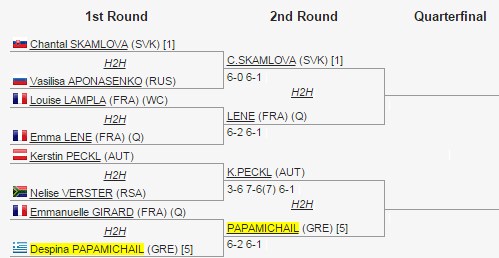
Η Δέσποινα Παπαμιχαήλ, αγωνίζεται στην Τυνησία στο “TUNISIA F6 FUTURES – HAMMAMET” και αντιμετωπίζει στο δεύτερο γύρο της διοργάνωσης, την Αυστριακή Kerstin Peckl.
Στα διπλά της ίδιας διοργάνωσης με συμπαίκτρια την Σλοβάκα Chantal Skamlova βρίσκονται στα ημιτελικά.
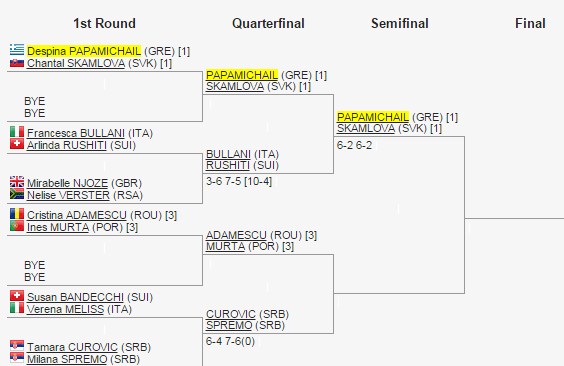
Unranked Thai player Jatuporn Nalamphun has received an 18-month ban and a $5,000 (£3,490) fine after being found guilty of betting offences under the Tennis Anti-Corruption Programme.
Nalamphun, 22, admitted to committing three betting offences in 2014.
He was also found guilty of failing to co-operate with an investigation by the Tennis Integrity Unit (TIU), a charge he contested.
Nalamphun’s fine comfortably exceeds his career earnings of $682 (£476).
He is the first player to be sanctioned by the TIU since the BBC and BuzzFeed published revelations about match-fixing in the sport.
Following the report, the Tennis Integrity Board said it would start an independent review into their anti-corruption practices.
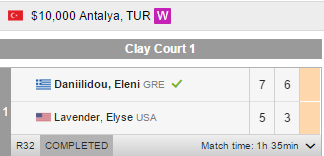
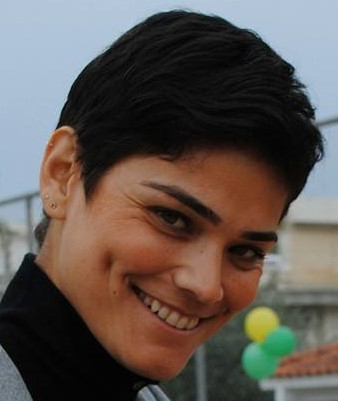
Η Λένα Δανιηλίδου νίκησε την Αμερικανίδα Elyse Lavender και πέρασε στο δεύτερο γύρο της διοργάνωσης των 10.000$, “GD TENNIS CUP WOMEN’S” που γίνεται στην Antalya της Τουρκίας. Επόμενη αντίπαλος της Λένας η Ρουμάνα, Elena Gabriela Ruse, No4 του ταμπλό.
Στα διπλά με συμπαίκτρια την Arina Folts απο το Ουζμπεκιστάν, αγωνίζονται στο δεύτερο γύρο, με αντιπάλους τη Βελγίδα Marqaux Bovy και την Ελβετίδα Corina Mader.
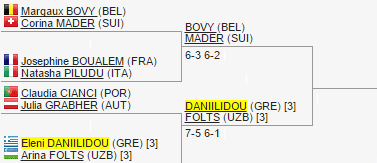
Tennis coach Nigel Sears believes his collapse at the Australian Open was caused “by a bad piece of sushi”.
Sears, the coach to world number 17 Ana Ivanovic, fell while watching the Serb play in round three against Madison Keys on Rod Laver Arena on 23 January.
His son-in-law, men’s world number two Andy Murray, was playing on a nearby court at the time of the incident.
“I really don’t think it’s likely my collapse was down to exertion,” Sears, 58, told the Times.
“I know I was such big news at home, but it was a really strange one and I’m just really sorry I worried a lot of people unnecessarily.
“Frankly, now I feel a bit of a fraud.”
Doctors at the Epworth Hospital in Melbourne and at his home in Sussex are still not totally sure what caused his collapse, but Sears believes it was an allergic reaction.
“I had sushi for 10 days in a row in Melbourne and was fine. But I suppose the law of averages dictates, you get one dodgy bit of raw fish in that time,” he added.
Kim Sears, his daughter and Murray’s wife, was heavily pregnant at the time of his collapse. She has since given birth to a baby daughter.
Murray, who went on to reach the final in Melbourne, said he would have quit the tournament if the news of Sears’ health had not been positive.
Top seed sees off youngest compatriot in the Top 100
Top seed and 2014 champion Rafael Nadal has launched his Rio Open campaign with victory over countryman Pablo Carreno Busta in a rain-interrupted 6-1, 6-4 match. The former World No. 1 in the Emirates ATP Rankings landed five of seven break point opportunities in the one-hour, 20-minute encounter on Tuesday night to book a second-round showdown with another of his compatriots, Nicolas Almagro.
Nadal carries a 13-1 FedEx ATP Head2Head record against Almagro. Carreno Busta, the youngest of 14 Spaniards in the Top 100, was looking for his first career win over a Top 10 opponent. Against Nadal, he would have to win for the first time in three encounters. And he did not make the start he had hoped for, being broke to love for 2-0 on Quadra Guga Kuerten.
Nadal secured a second break for 5-1 and served out the opening set 6-1 on his second set point before rain suspended the match. At the resumption of play, Nadal secured the early break for 2-1, the first of five consecutive breaks between the pair, before serving it out 6-4 after one hour and 22 minutes.